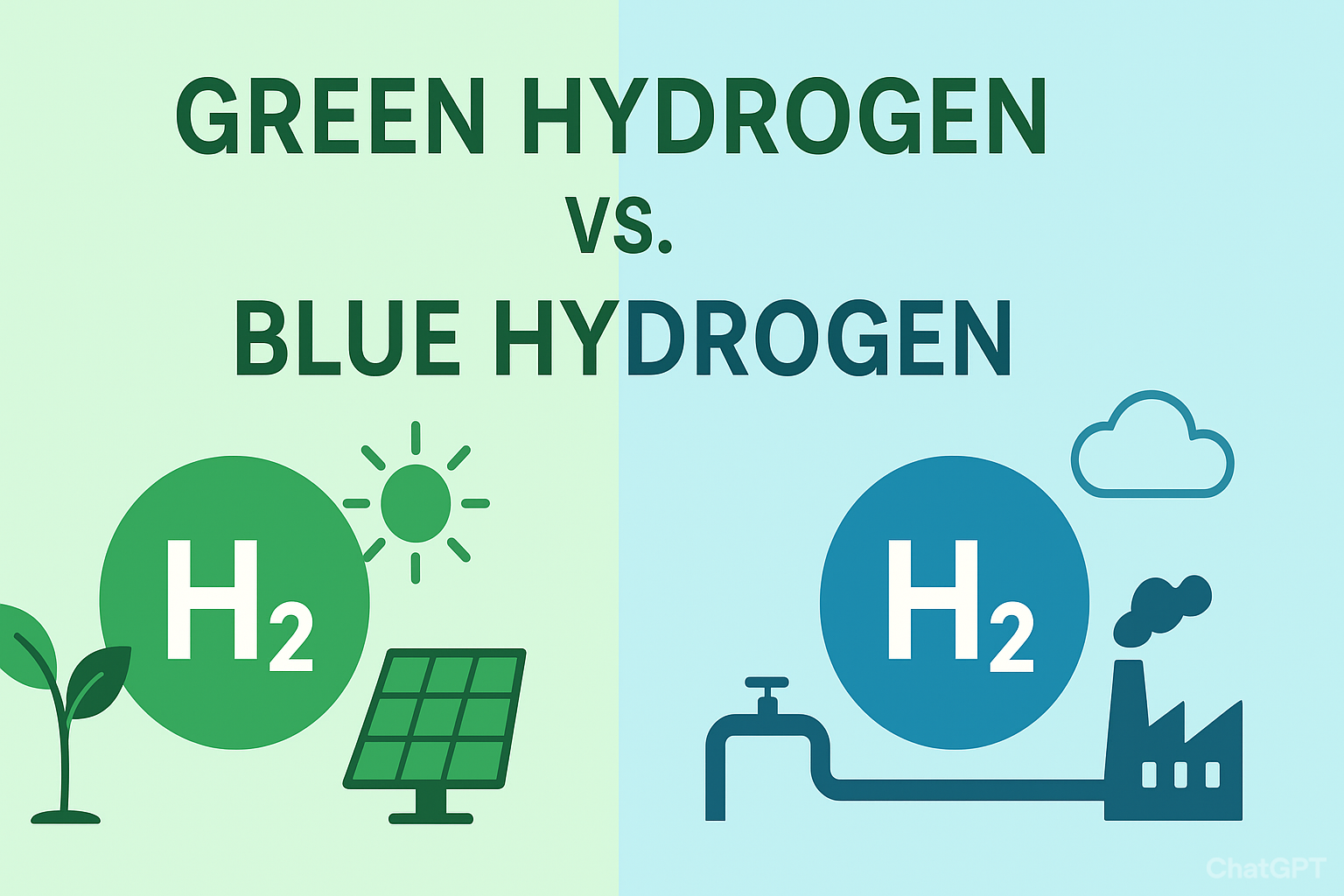
As Industry 4.0 reshapes the manufacturing landscape, industrial gases like oxygen, nitrogen, hydrogen, and argon are becoming essential partners in creating smart, efficient, and sustainable factories. Far beyond their traditional roles, these gases now enable cutting-edge technologies that drive automation, precision, and environmental responsibility.
Industrial Gases: The Fuel Behind Smart Manufacturing
Smart manufacturing integrates IoT, AI, and data analytics to optimize production processes. Industrial gases support this transformation by:
- Enhancing Process Control: Gases such as nitrogen and argon provide inert atmospheres crucial for high-precision manufacturing, protecting sensitive materials and ensuring consistent quality.
- Boosting Energy Efficiency: Hydrogen and oxygen fuel advanced combustion and fuel cell systems that reduce energy consumption and carbon emissions.
- Enabling Advanced Manufacturing: In additive manufacturing (3D printing), industrial gases help create complex, lightweight parts with minimal waste.
- Supporting Predictive Maintenance: Specialty gases are vital for sensor calibration and operation, enabling real-time monitoring that prevents downtime and extends equipment life.
Benefits of Industrial Gases in Smart Factories
- Higher Productivity: Automated processes powered by industrial gases reduce errors and speed up production.
- Superior Quality: Controlled environments and automated quality checks minimize defects and improve product consistency.
- Sustainability: Optimized gas use lowers emissions and energy use, helping factories meet environmental goals.
The Road Ahead: Sustainable and Intelligent Manufacturing
Manufacturing is a major energy consumer worldwide. By integrating industrial gases with smart technologies, factories can become more sustainable and resilient. Those that embrace this synergy will lead the future—delivering innovation, efficiency, and greener operations.
References
- Manufacturing Today, “9 Benefits of Smart Factories”
- The Manufacturer, “How smart manufacturing and AI can benefit the environment”
- IFS, “What is Smart Manufacturing? Key Insights & Benefits”
- NetApp, “Smart manufacturing for sustainable business objectives”
- RS, “Smart Manufacturing for Sustainable Energy – A Guide”
- Oracle, “What Is Smart Manufacturing?”
- GN Corporations, “Smart Factories: 6 Benefits of Digitizing Your Manufacturing Floor”
- ScienceDirect, “Smart manufacturing in industrial gas production: A digital transformation”




